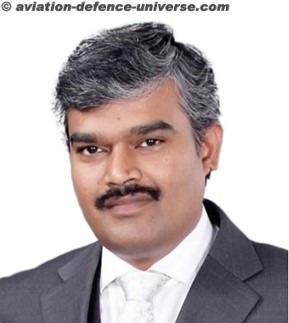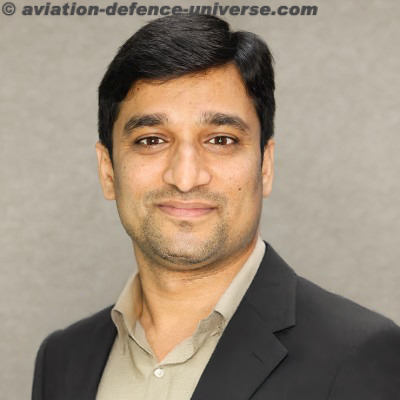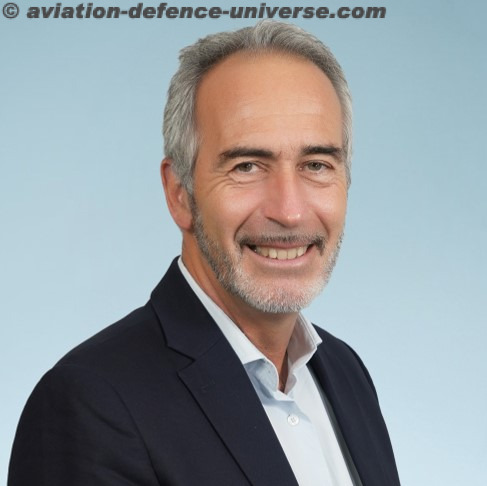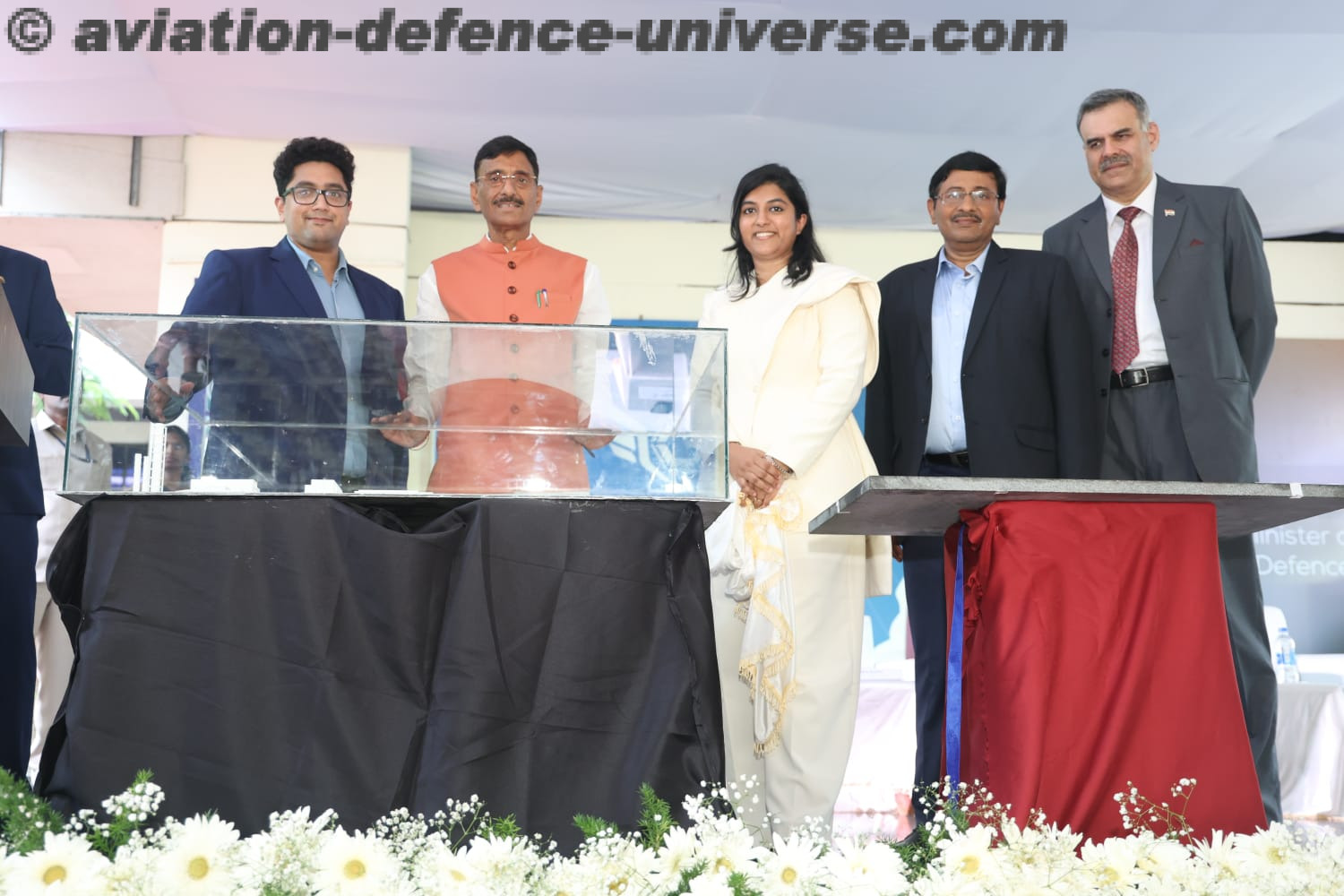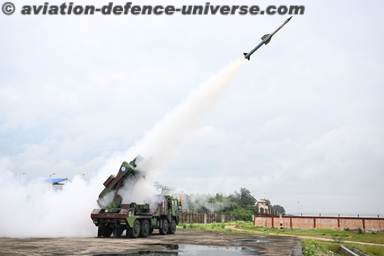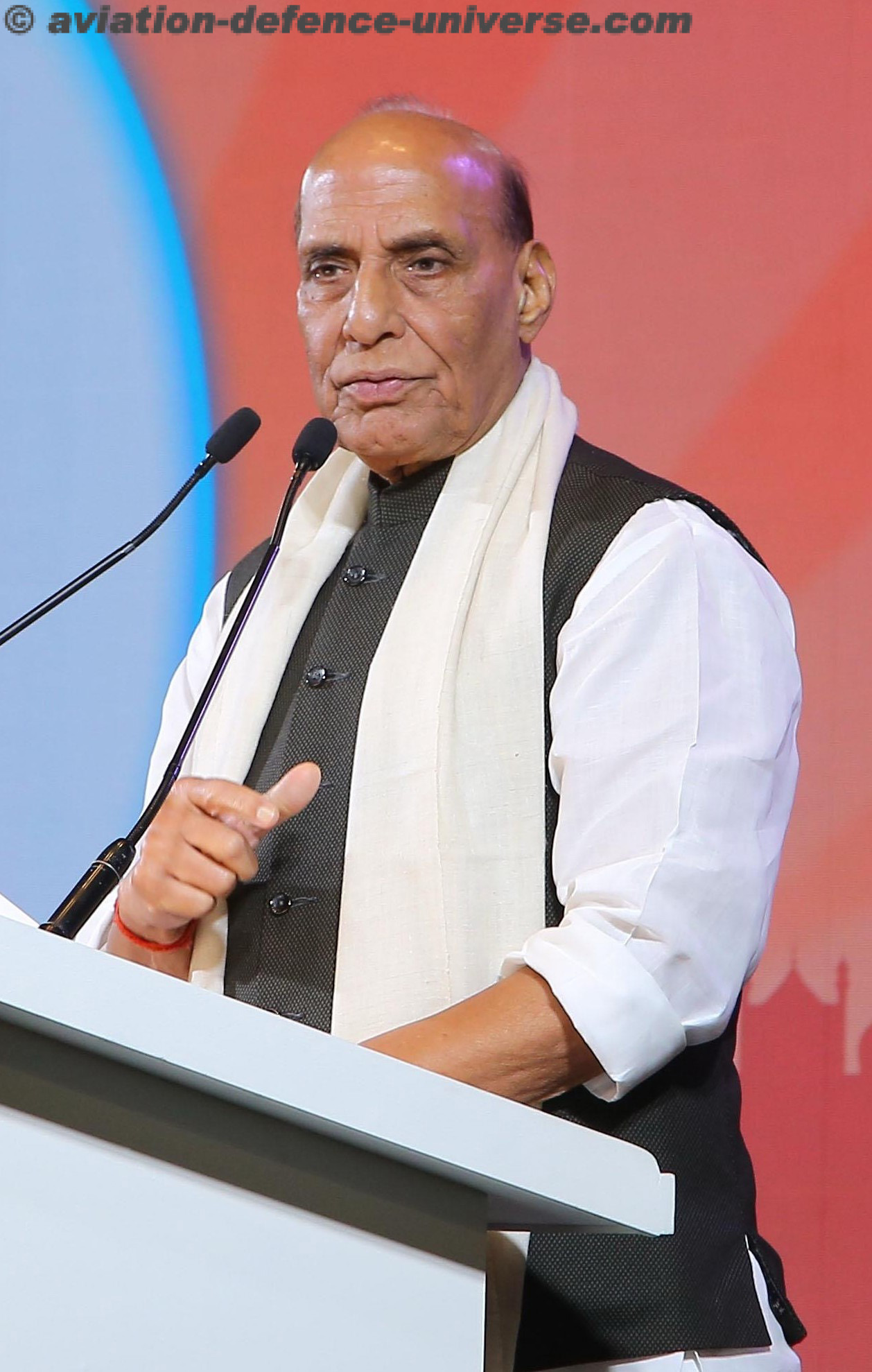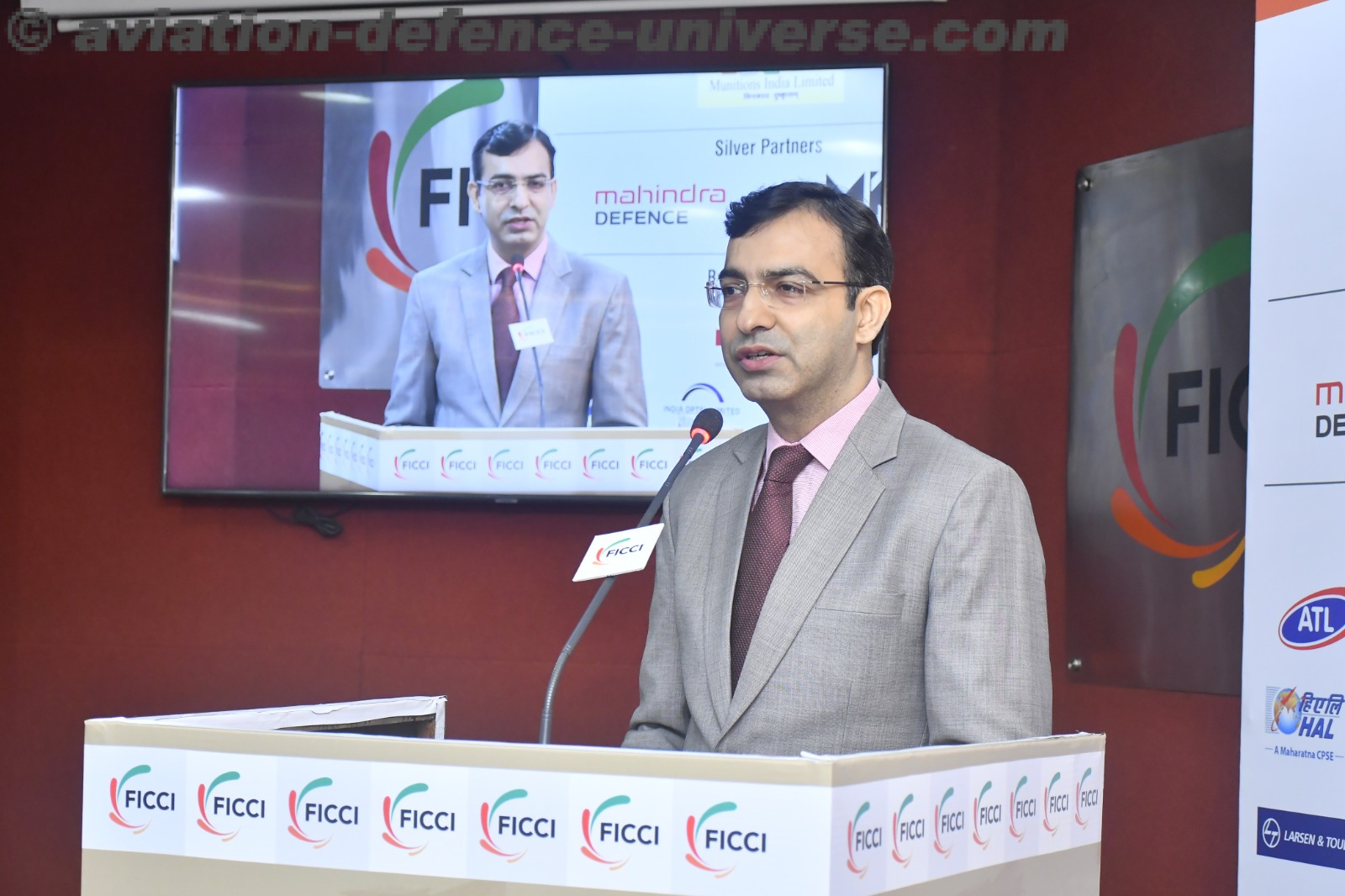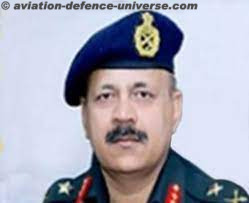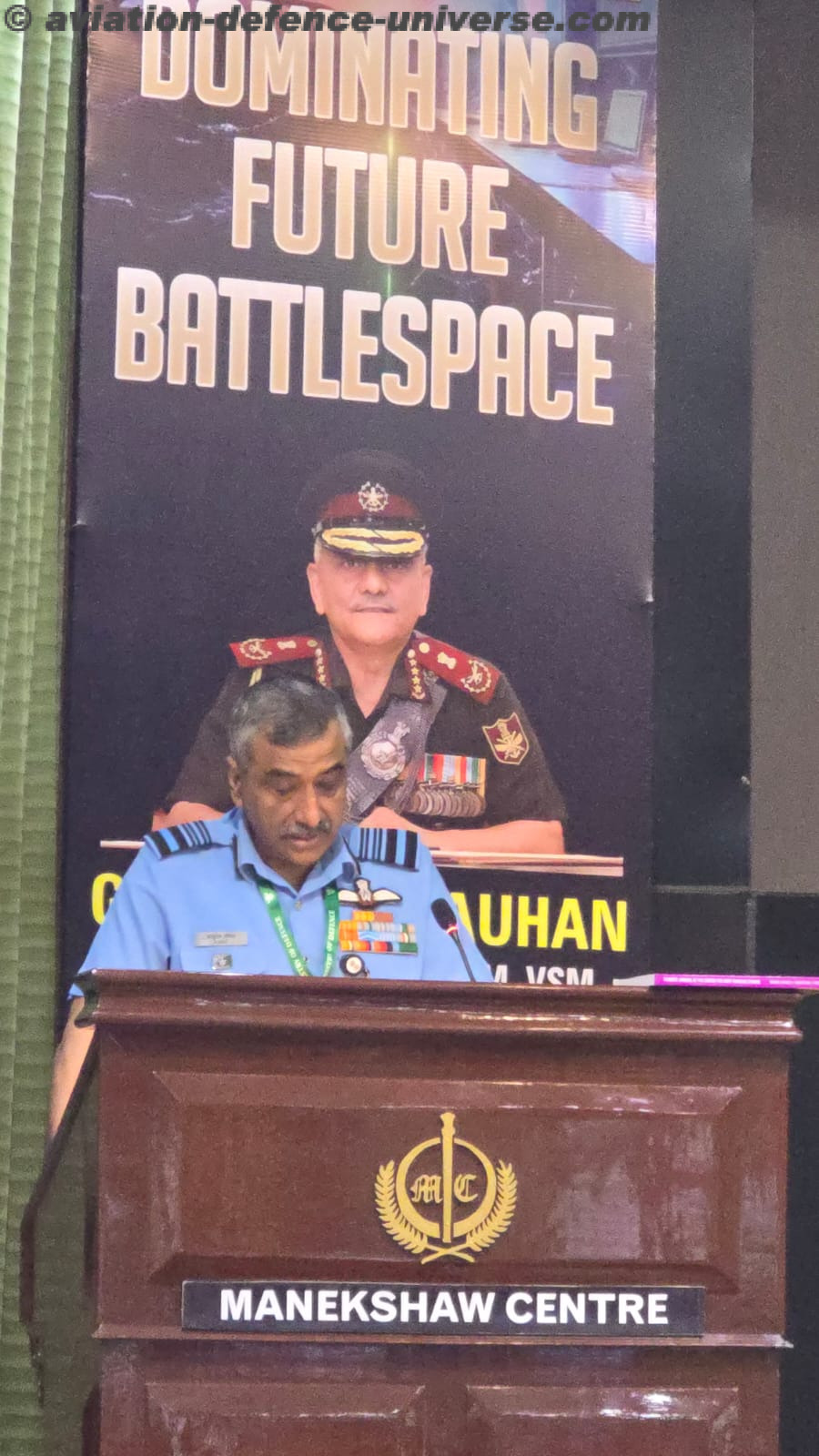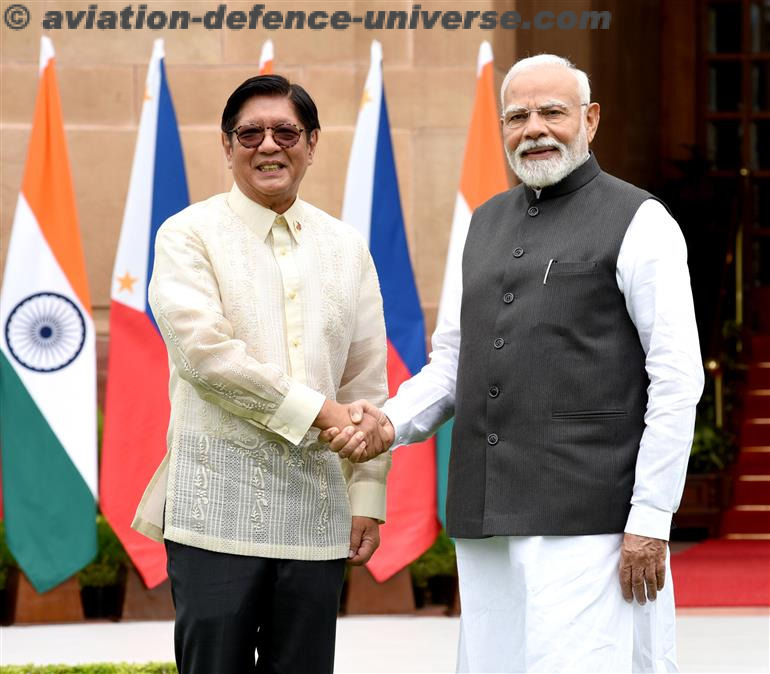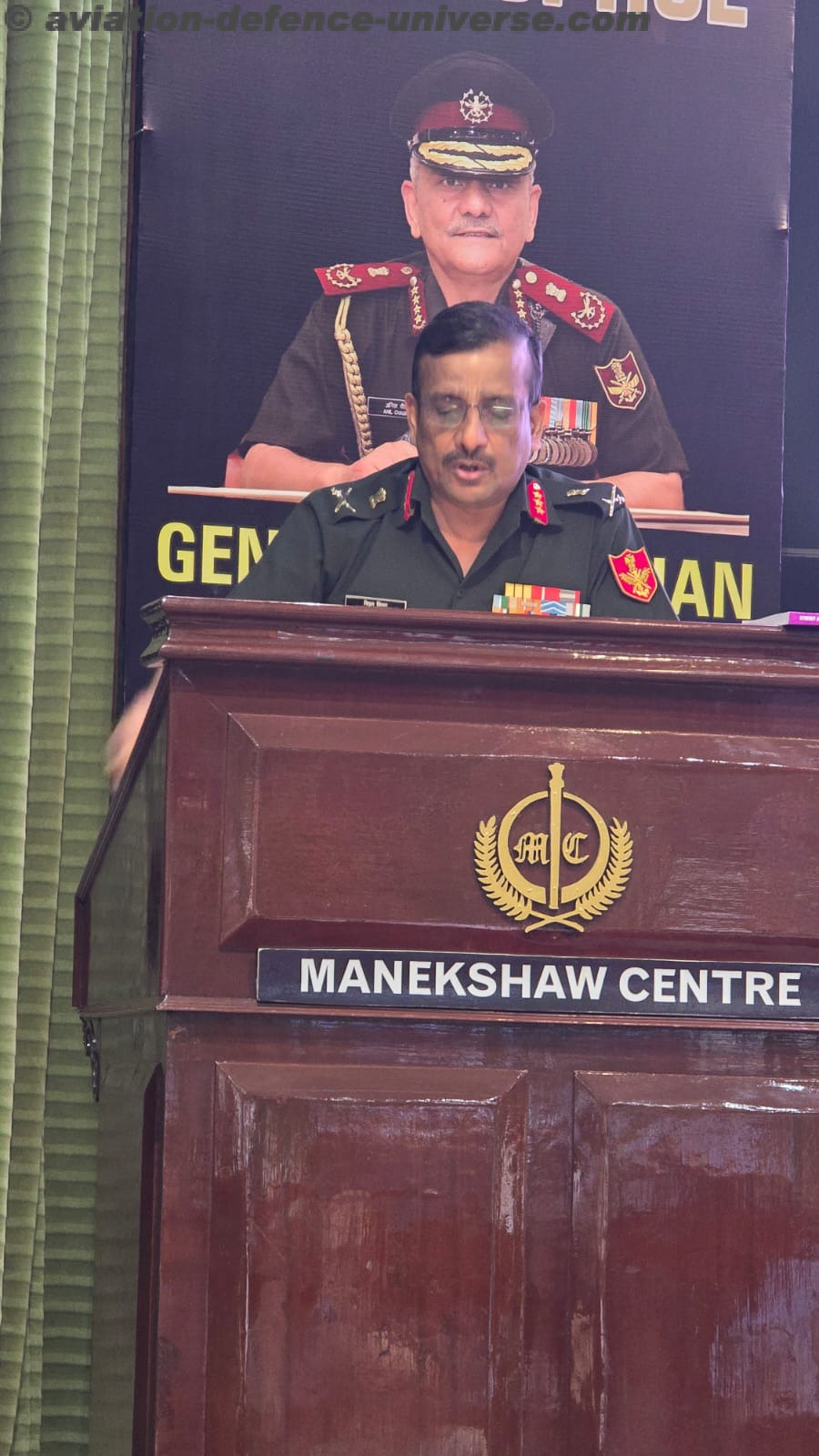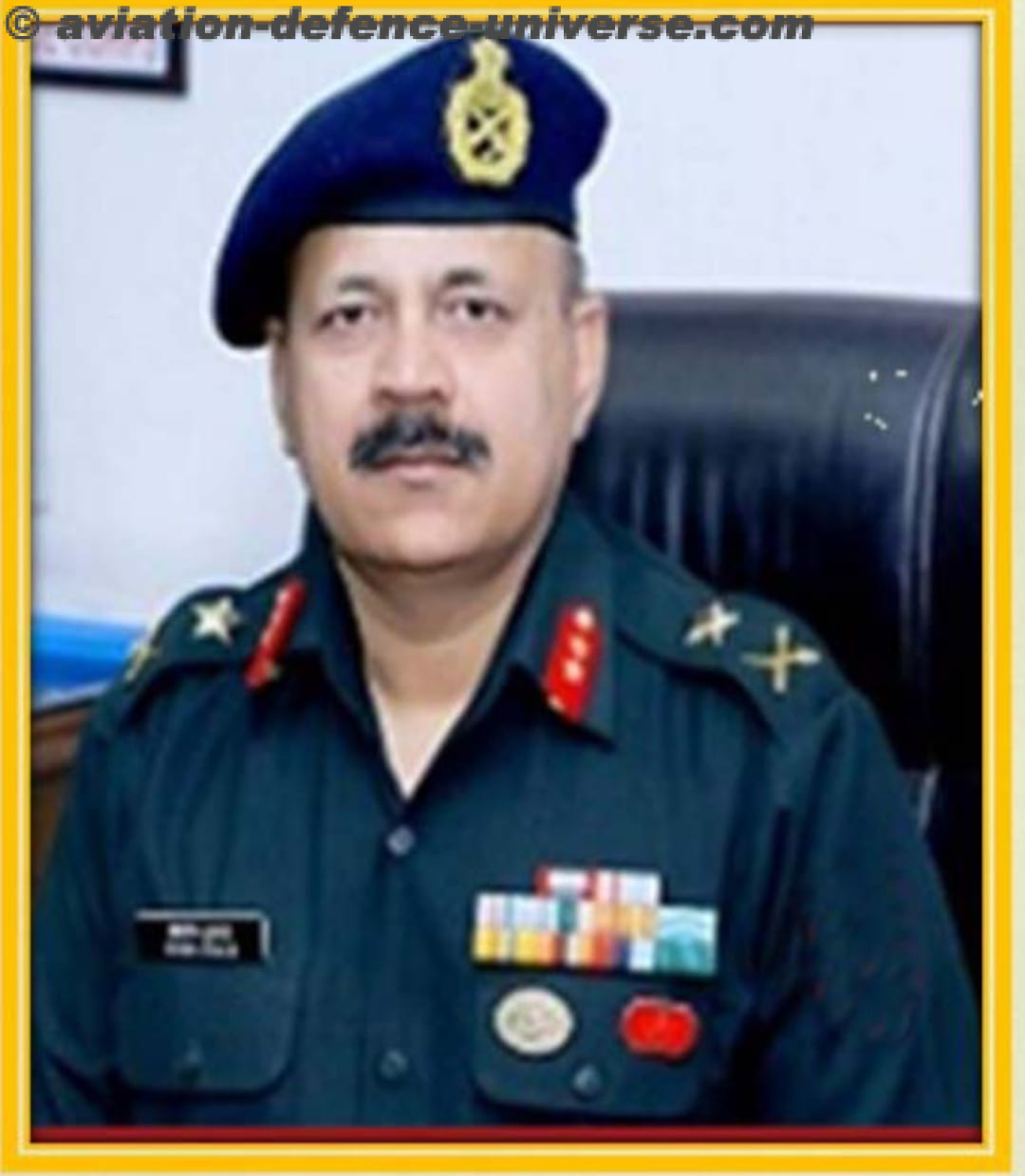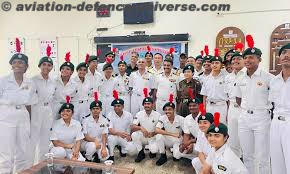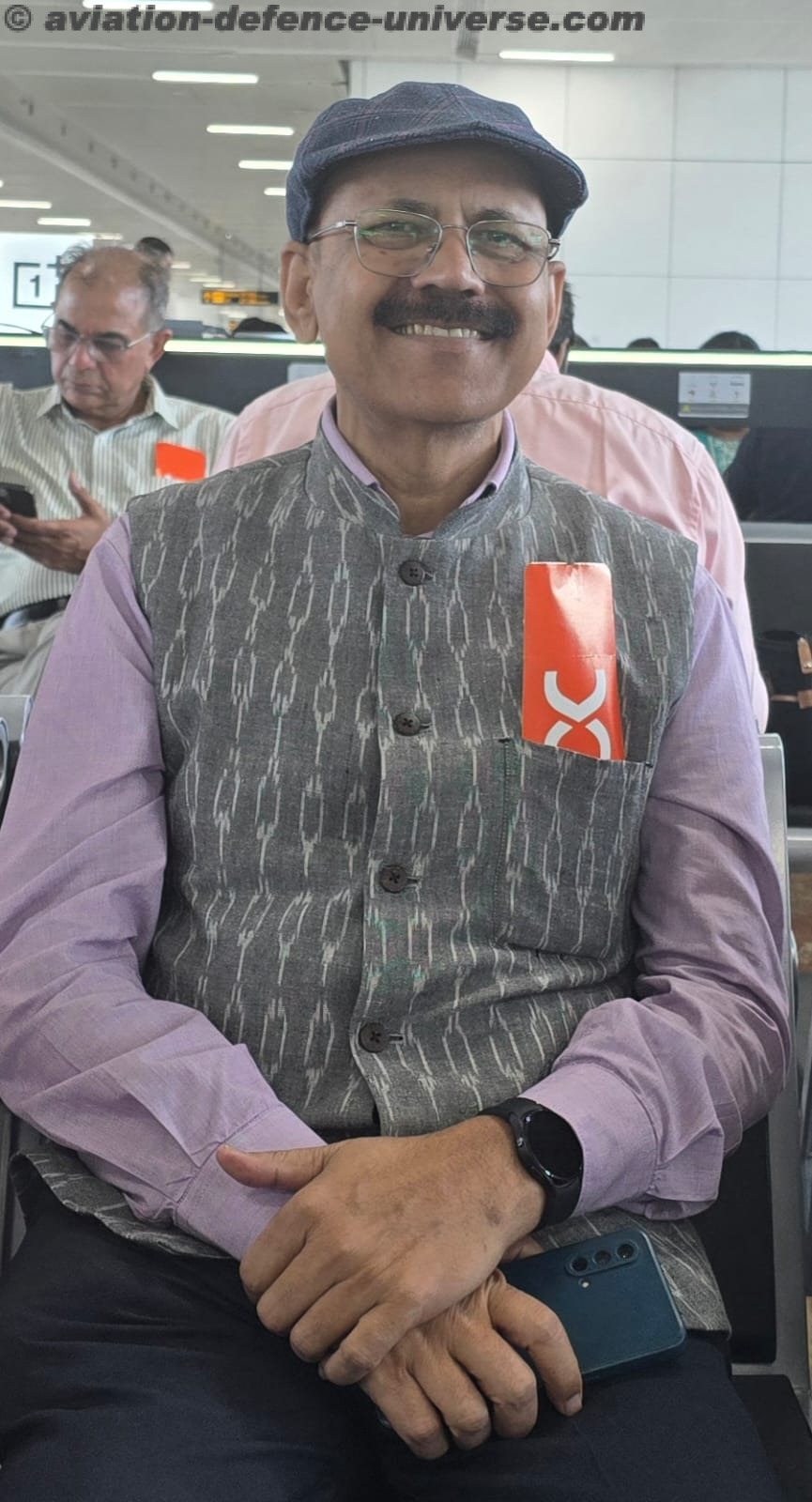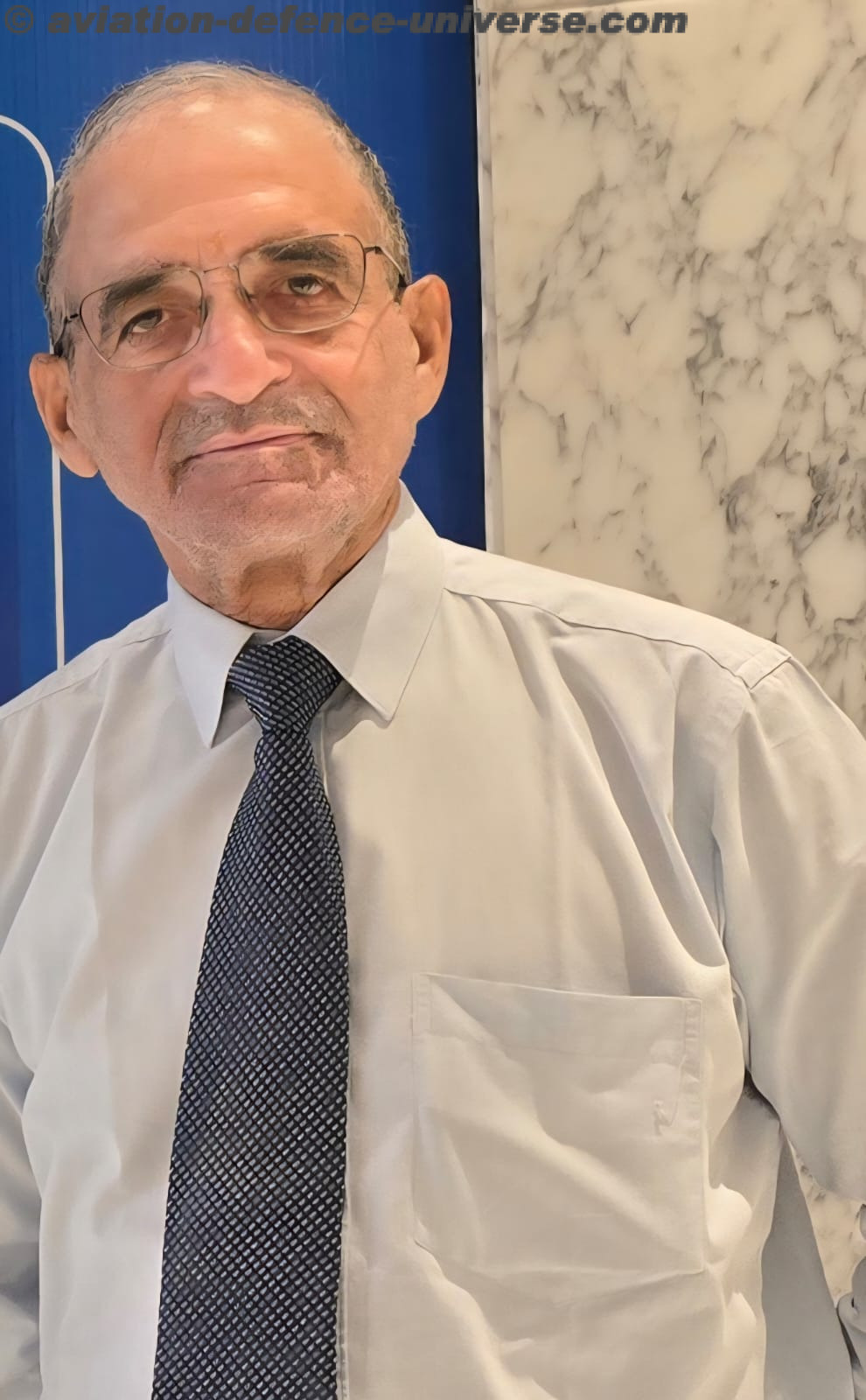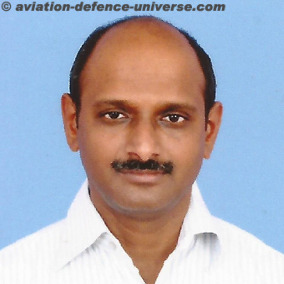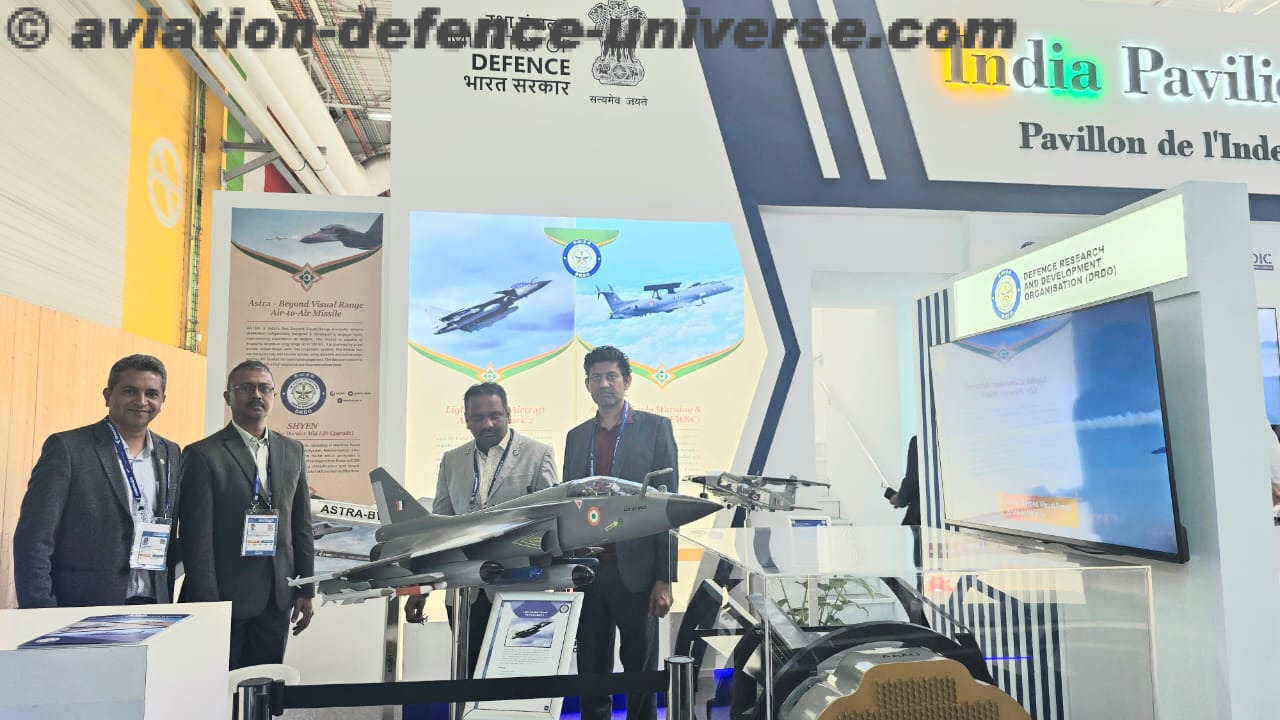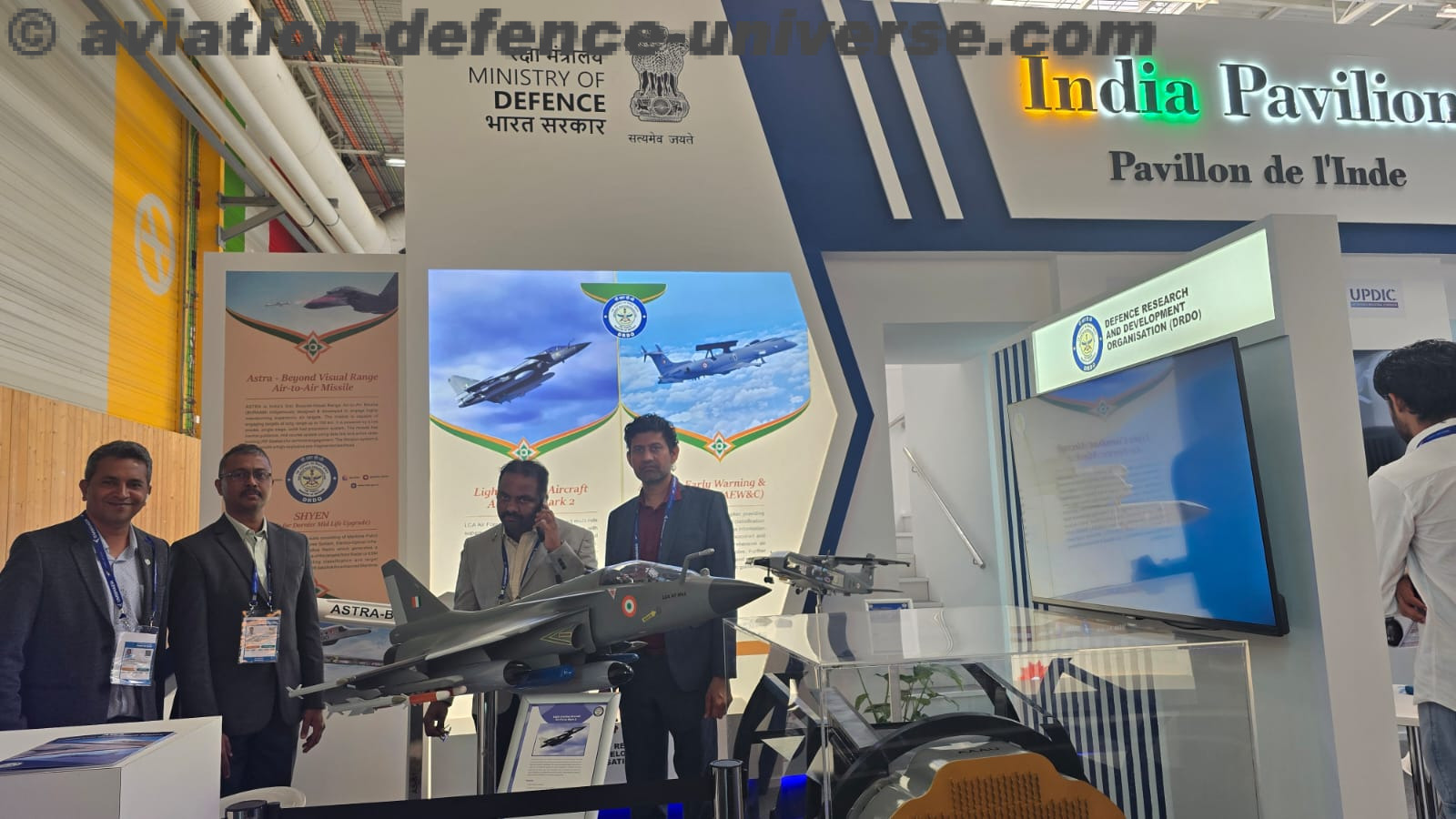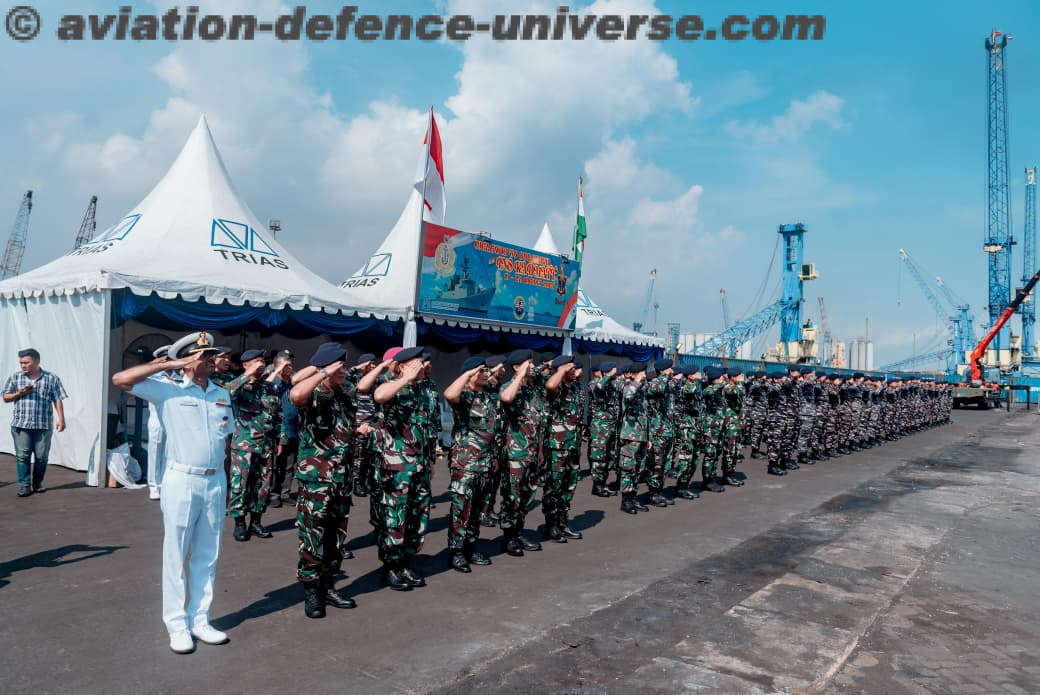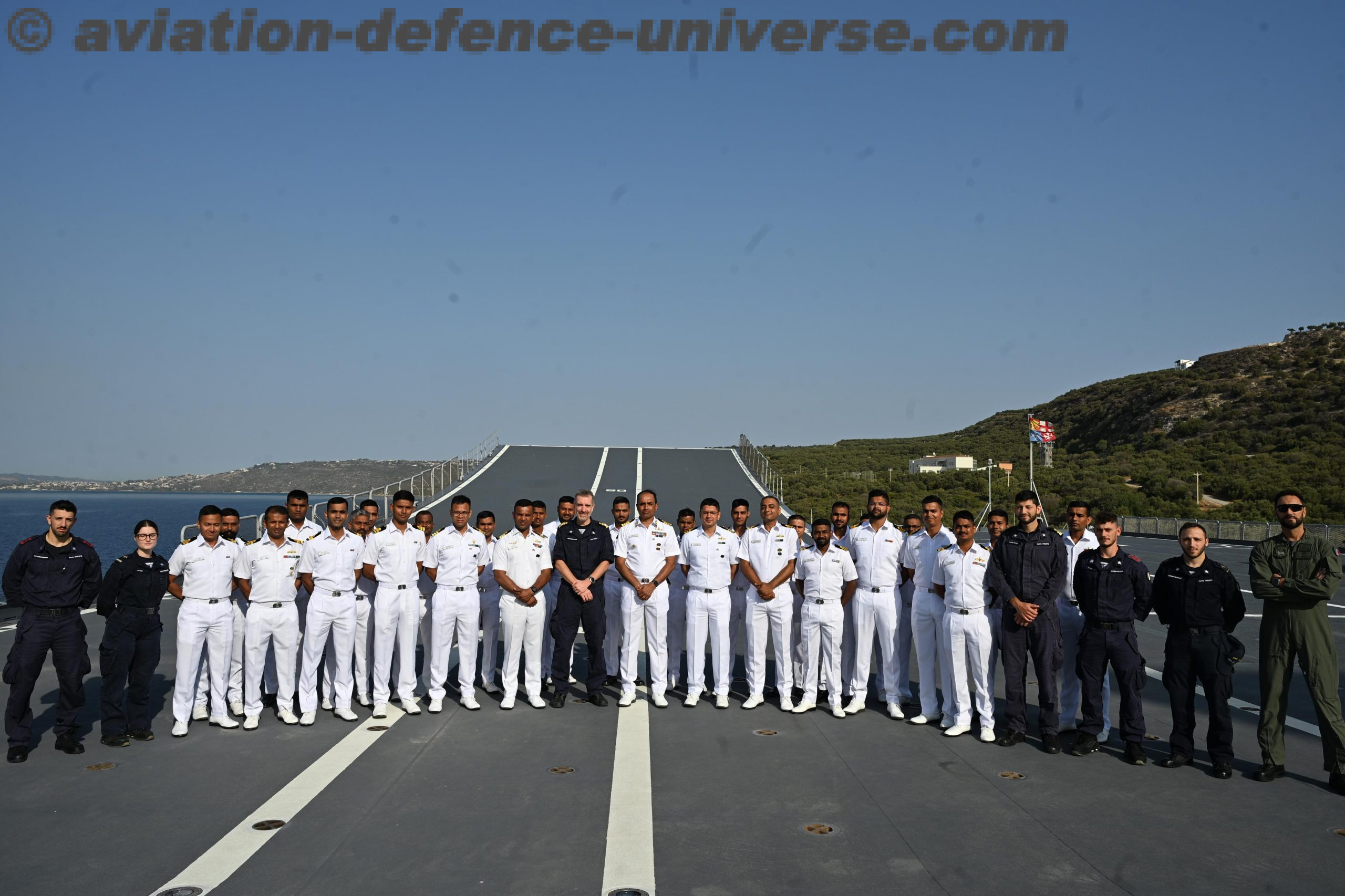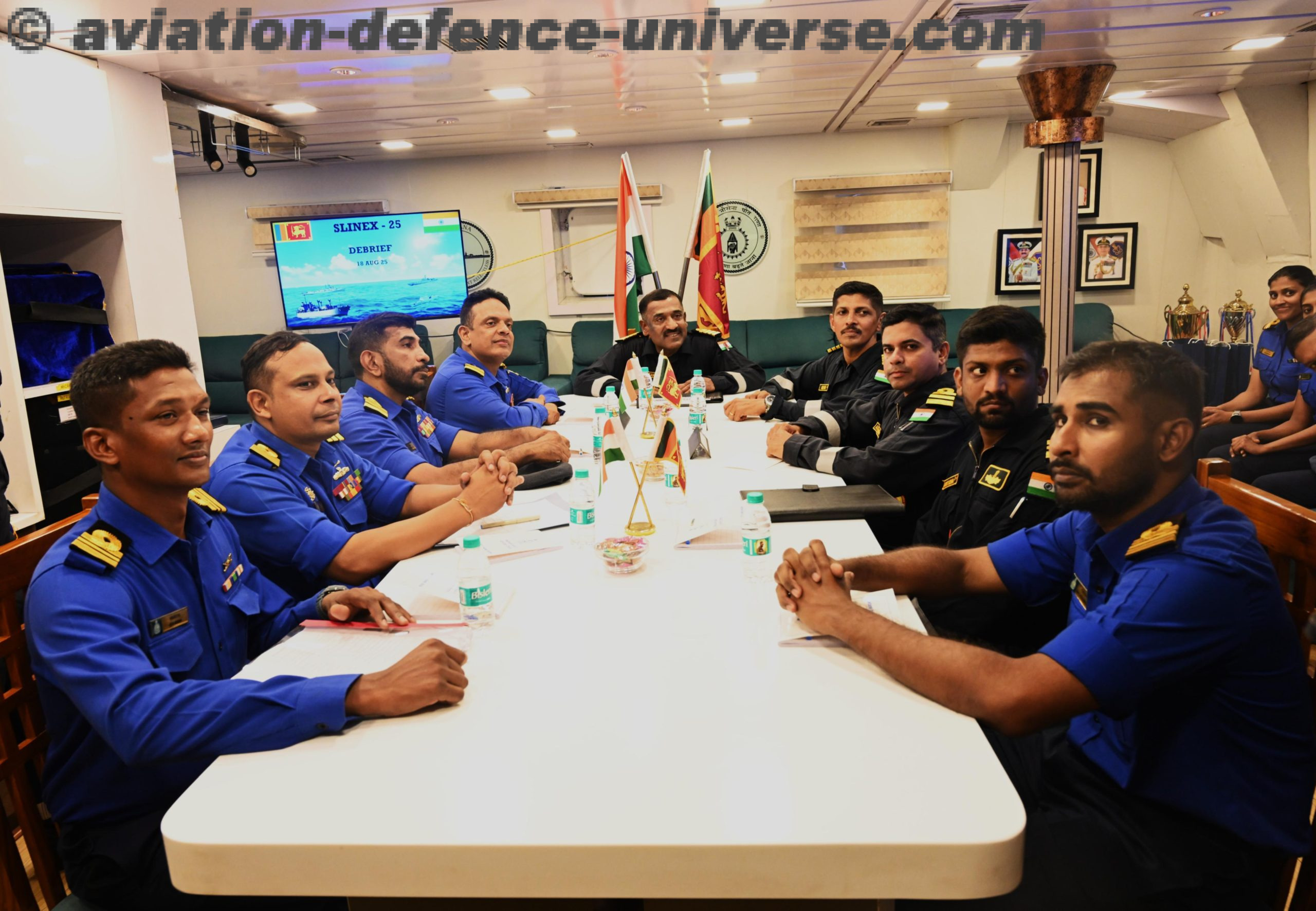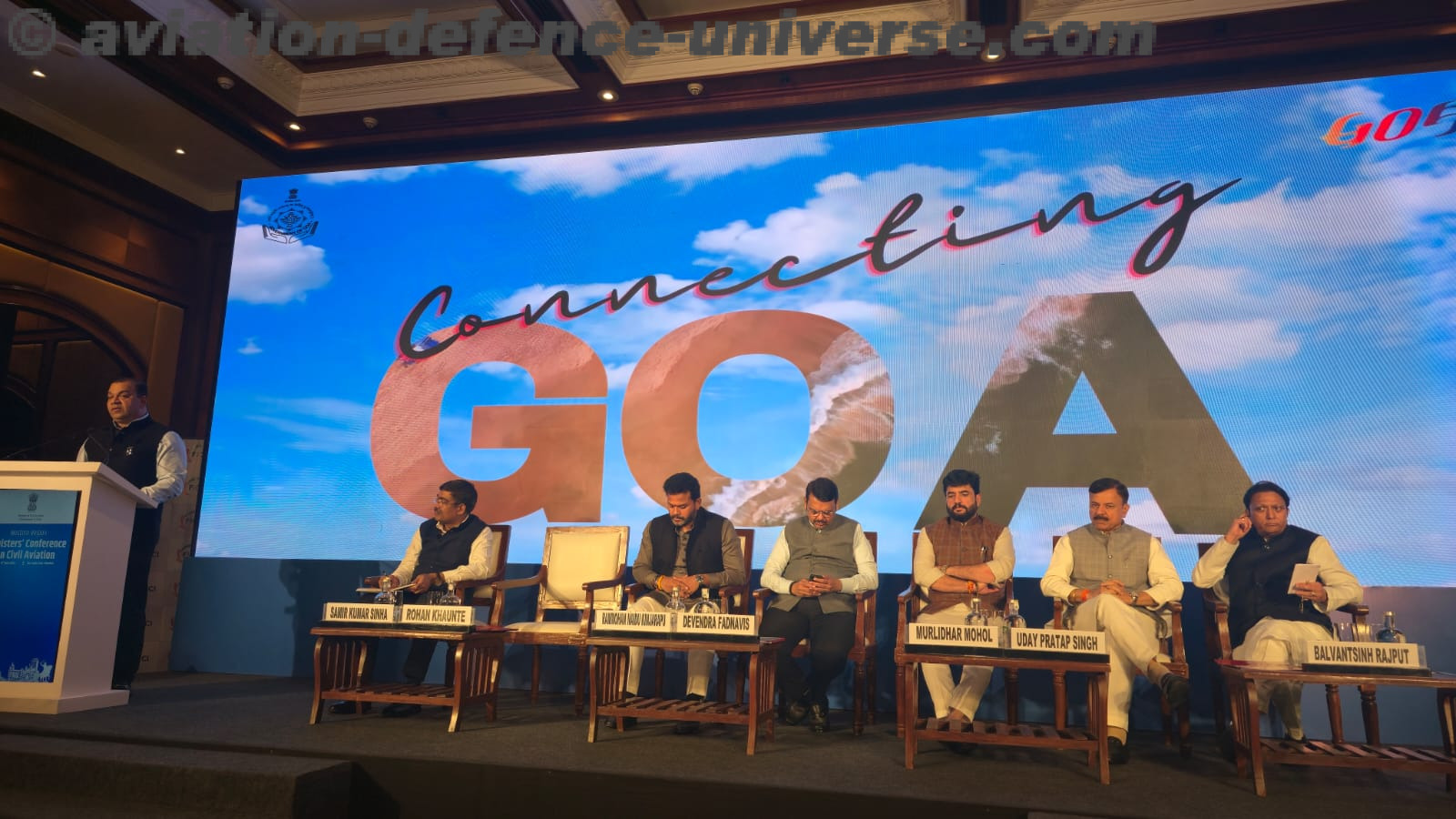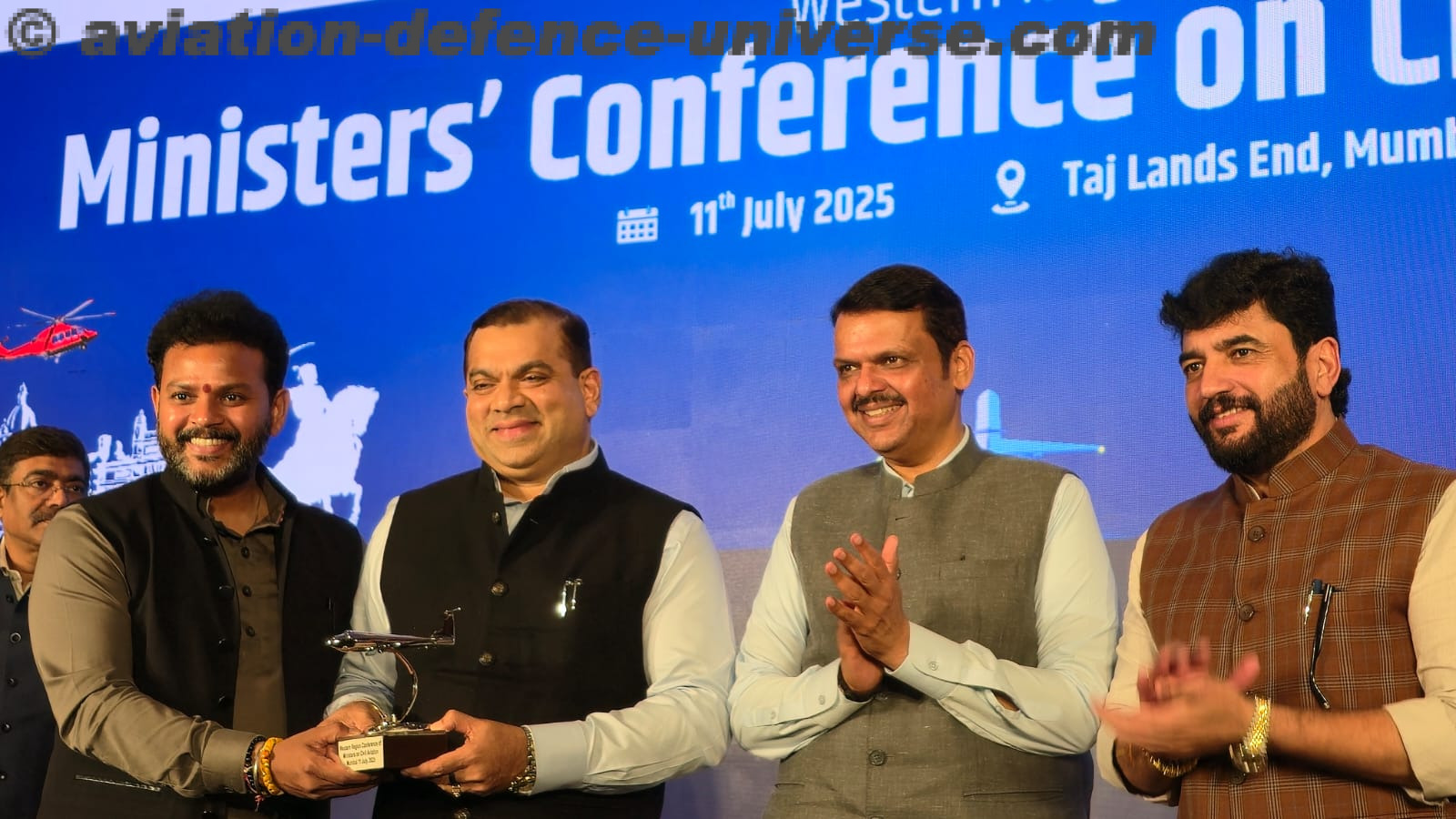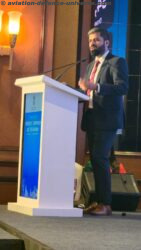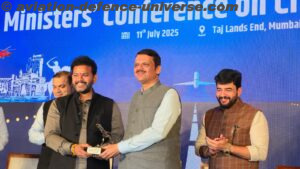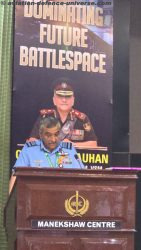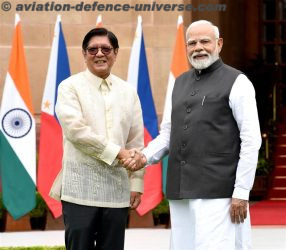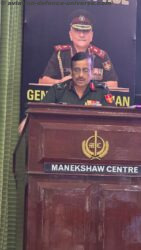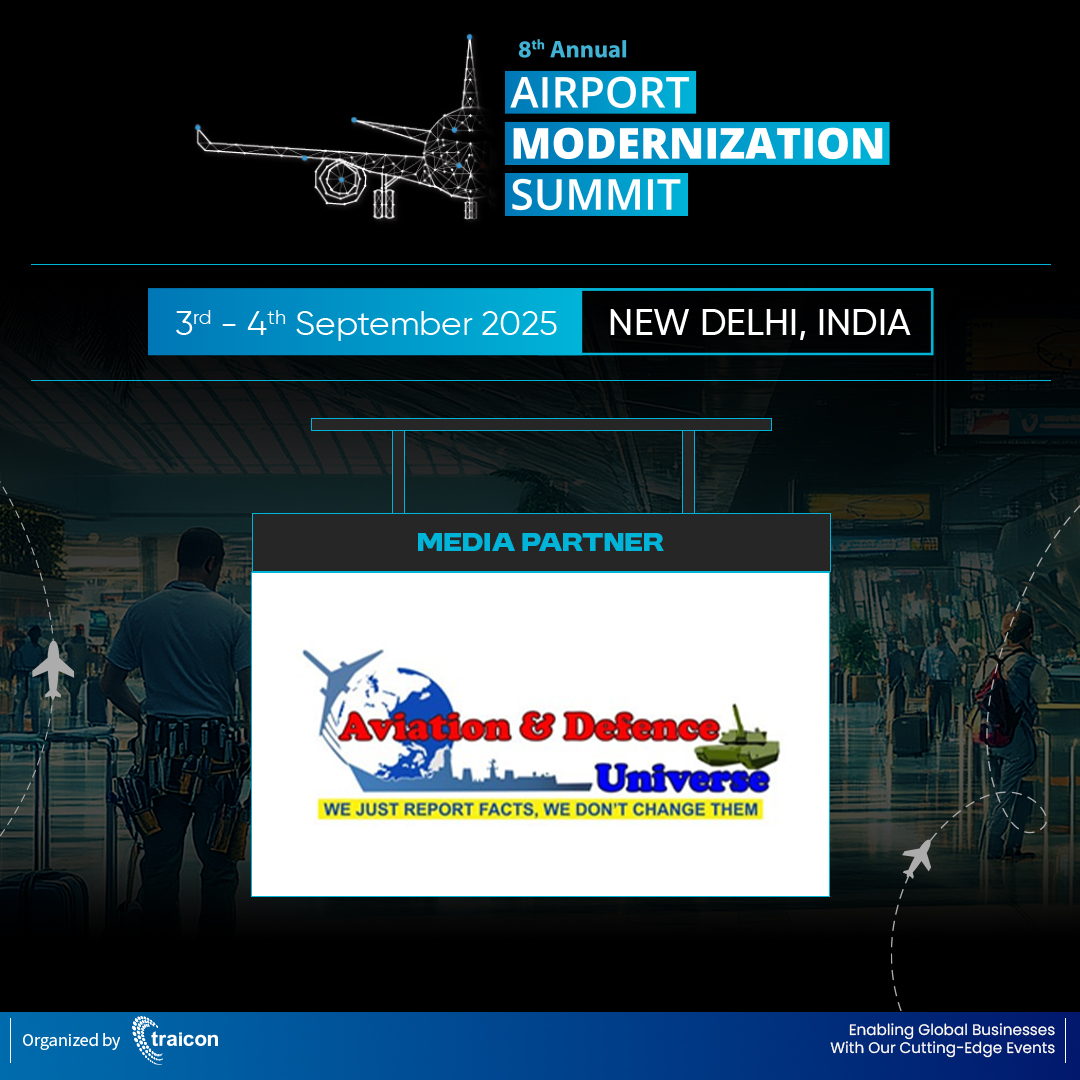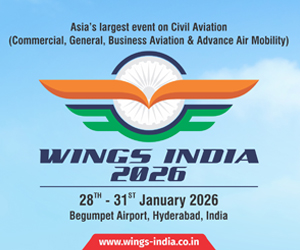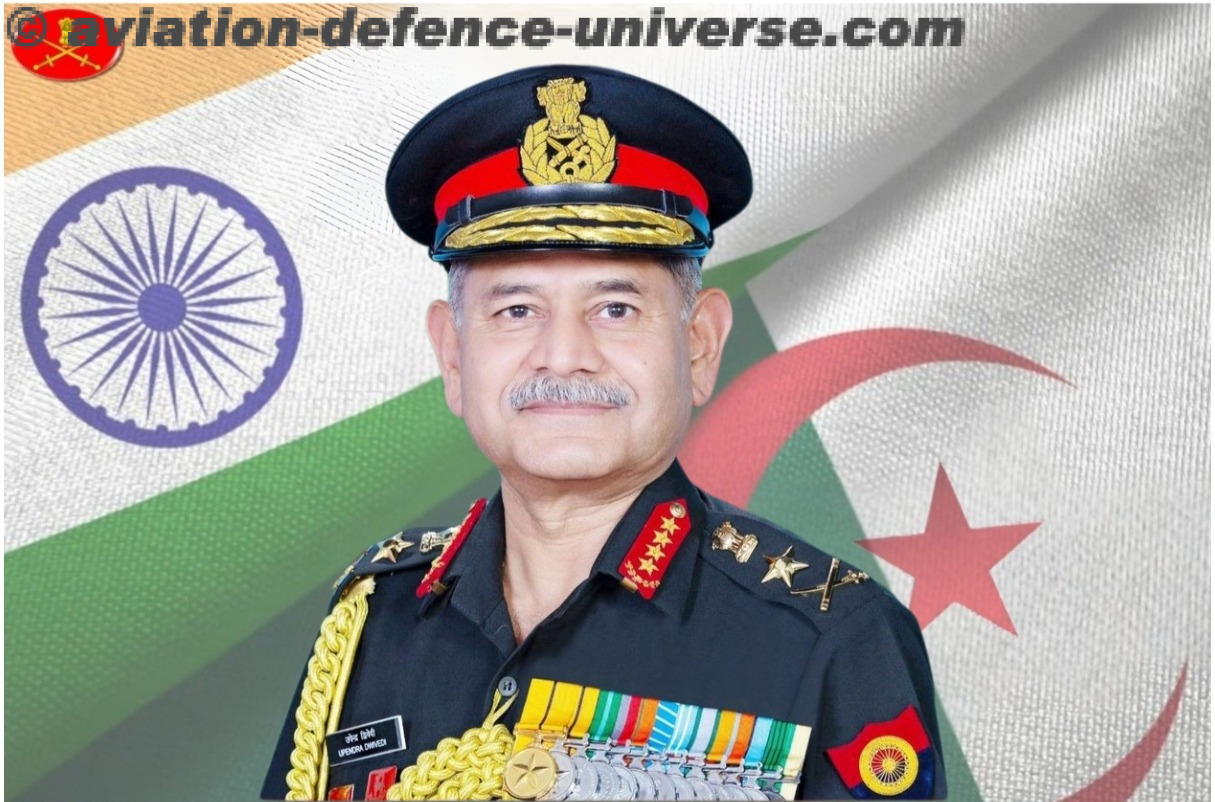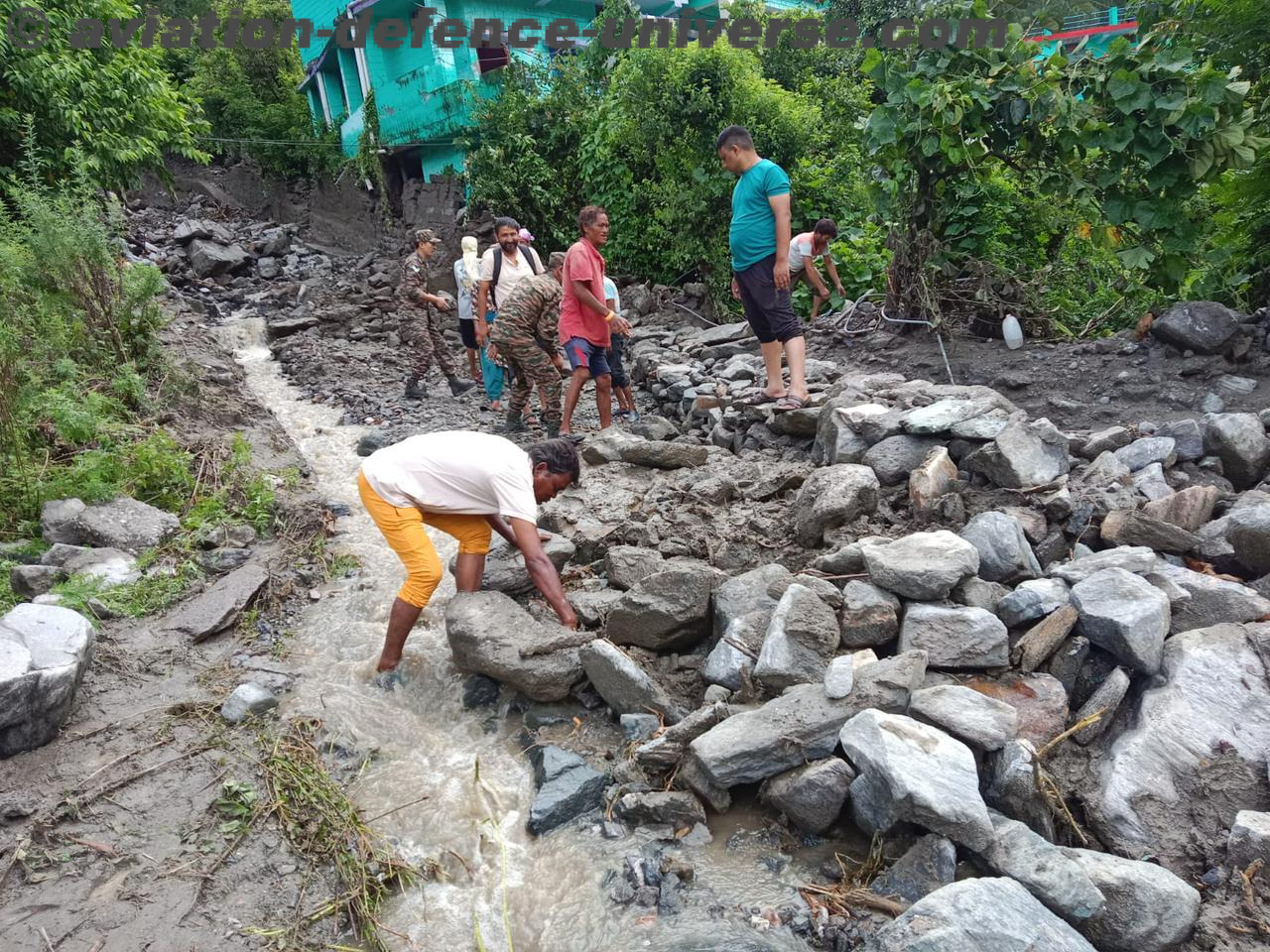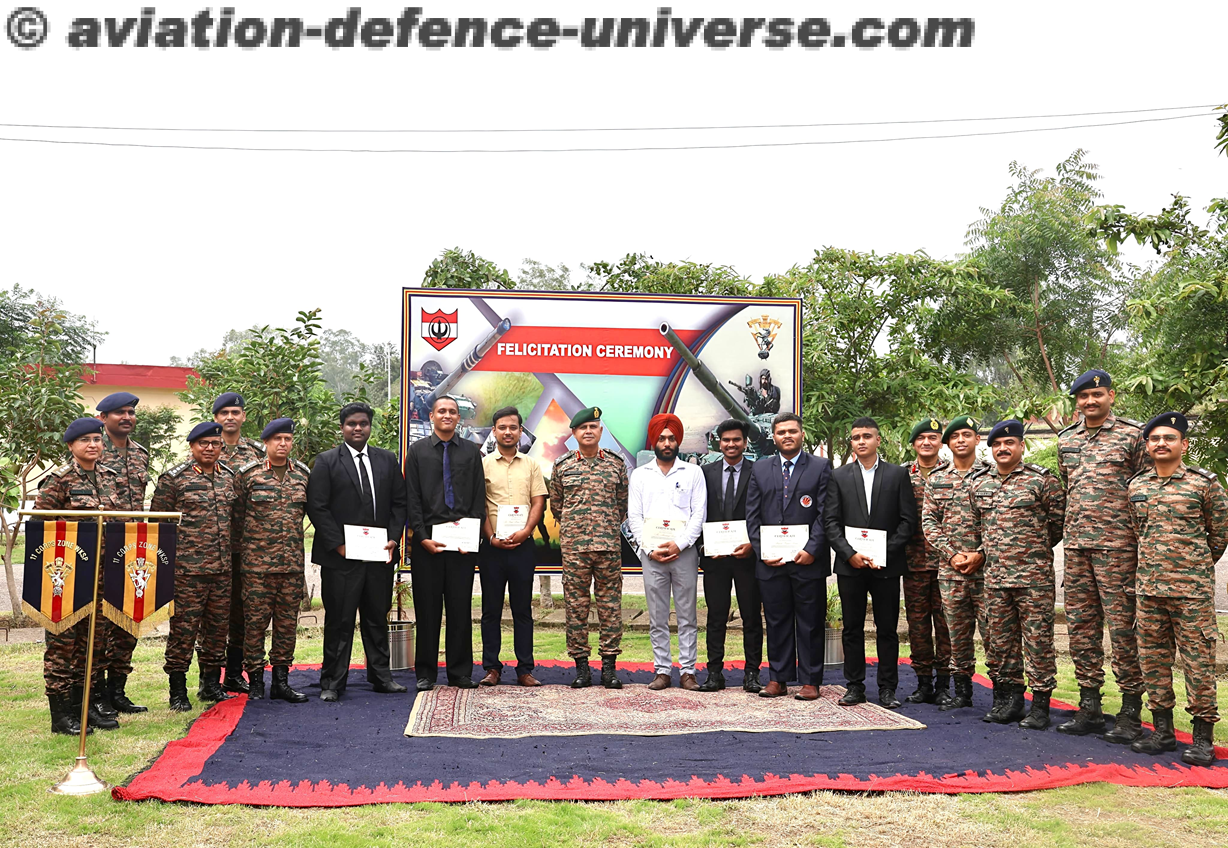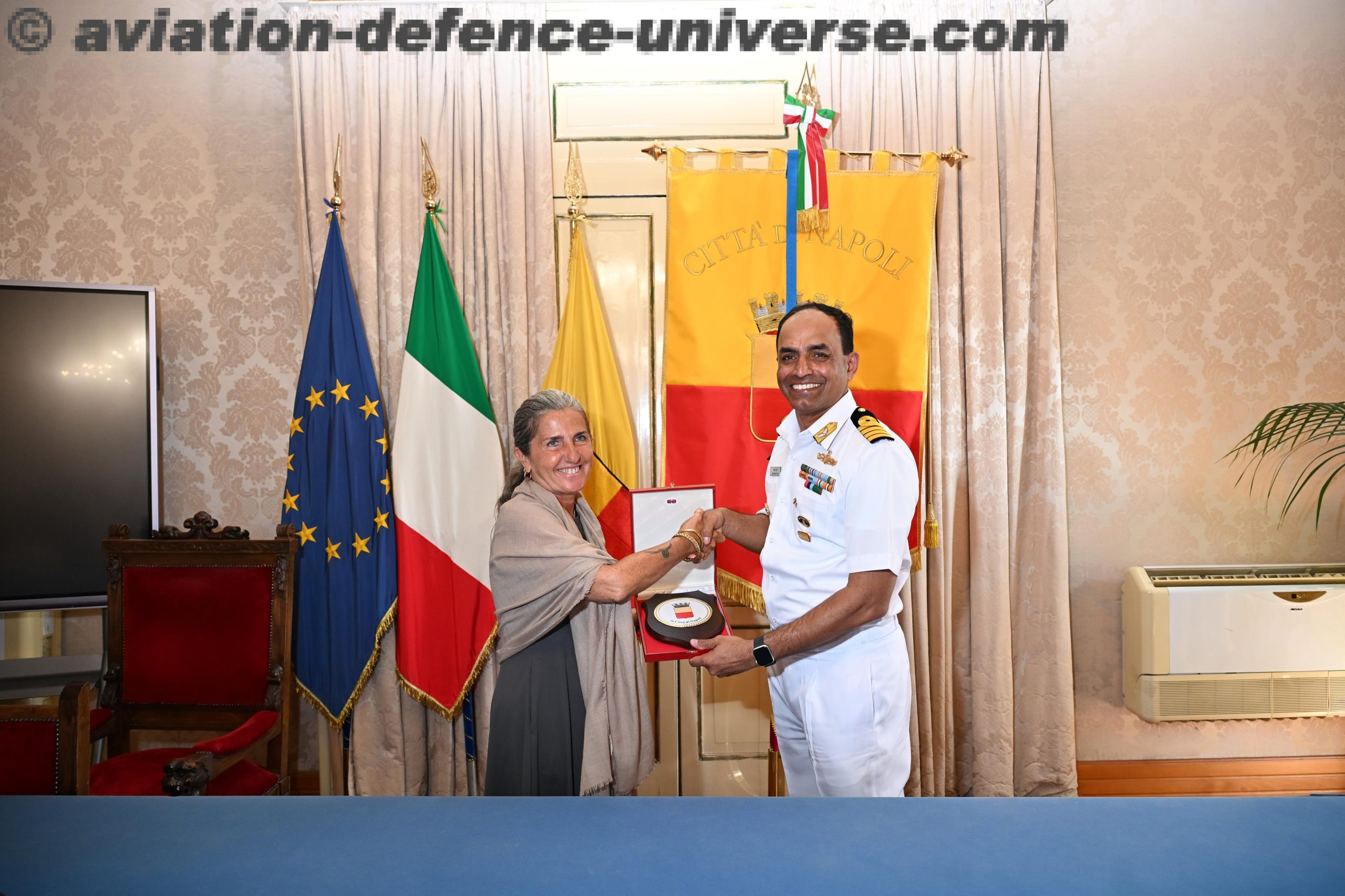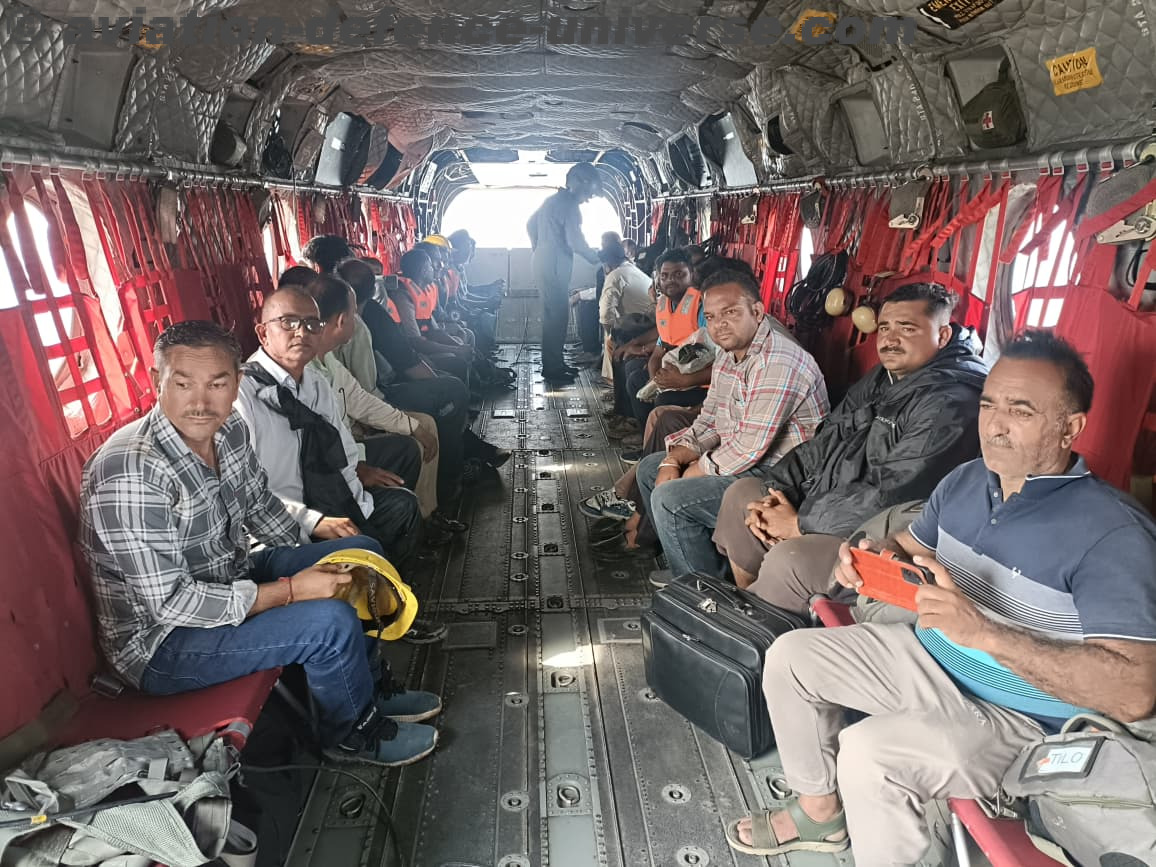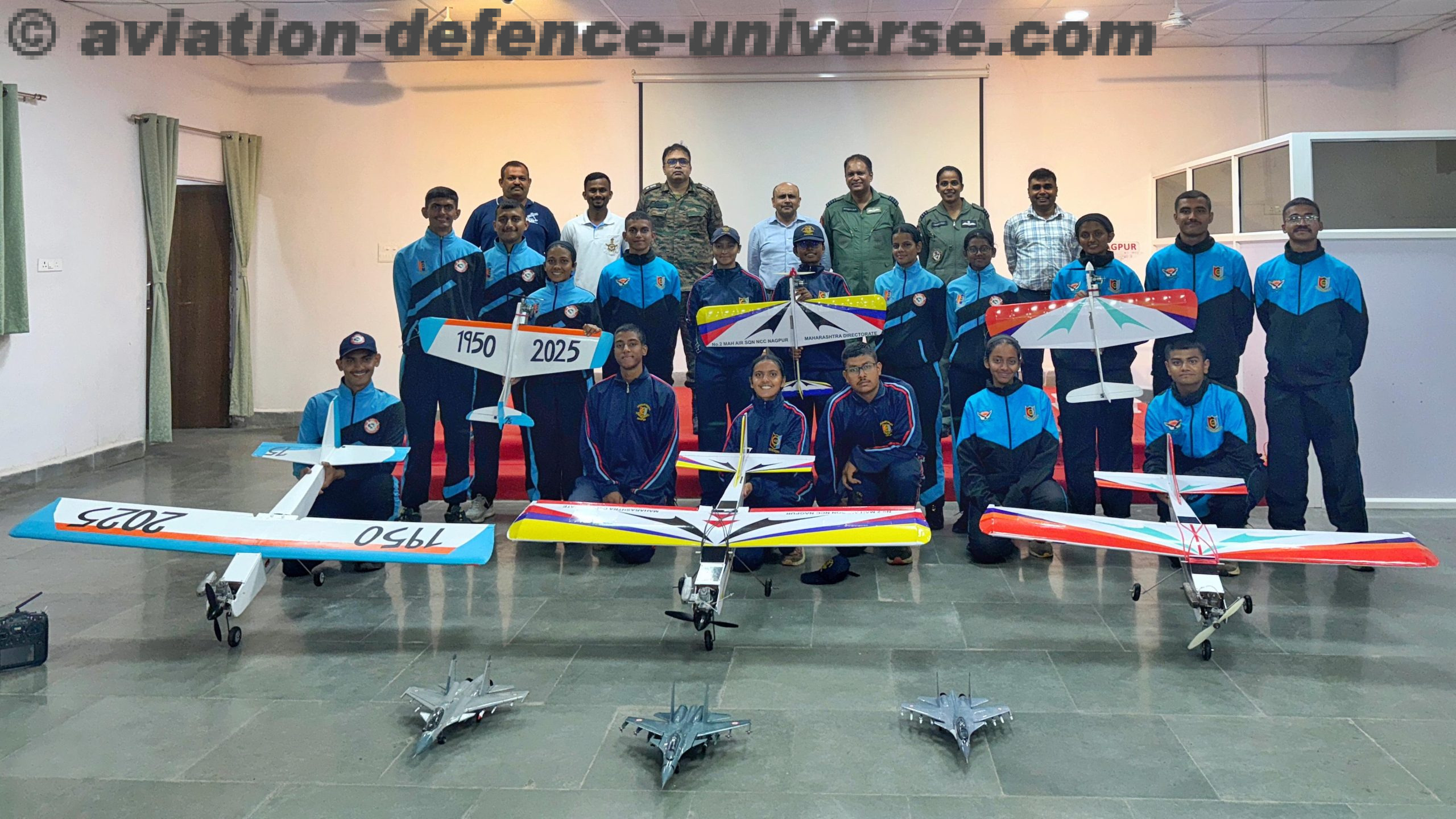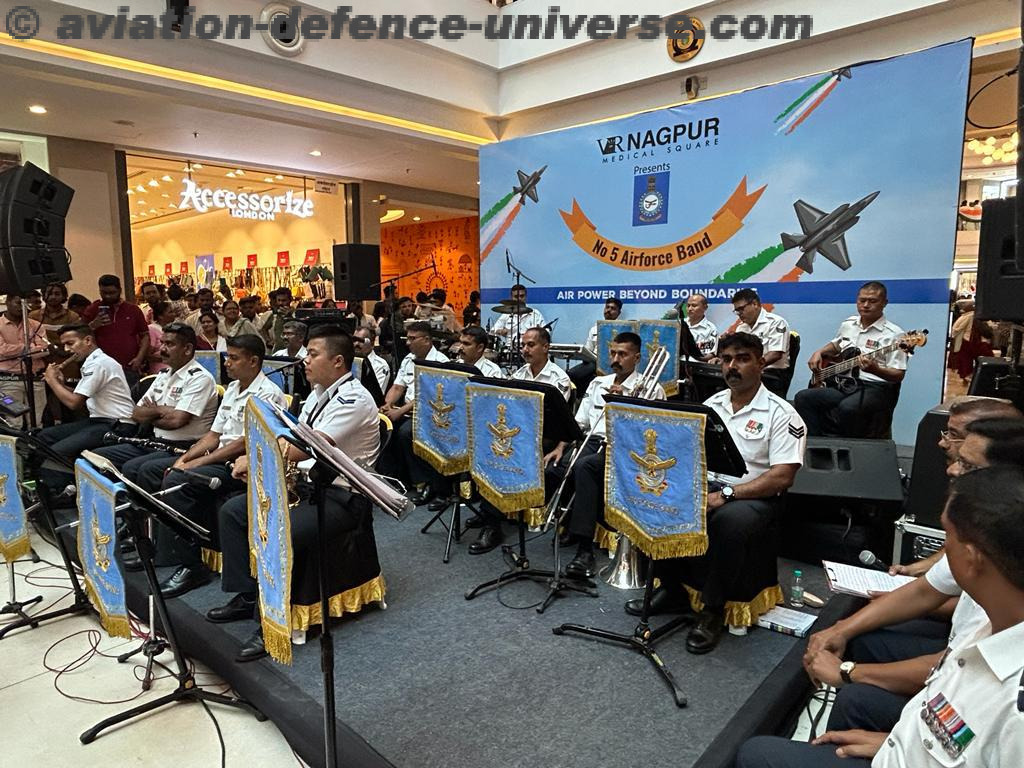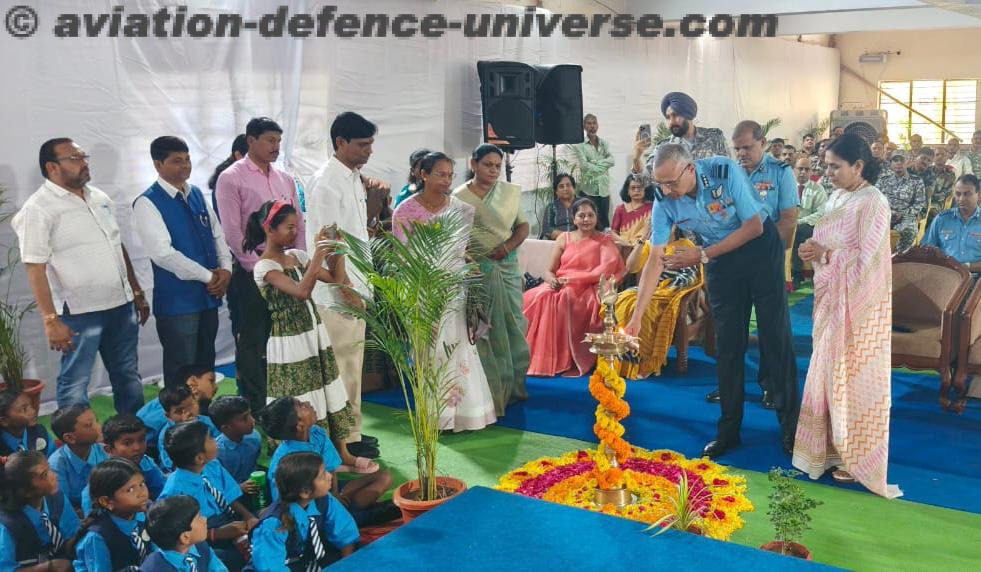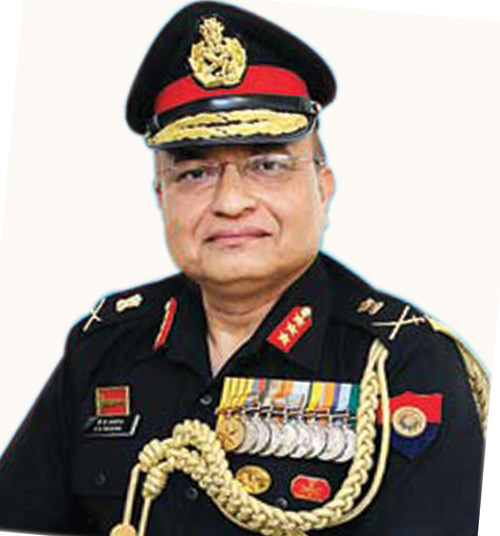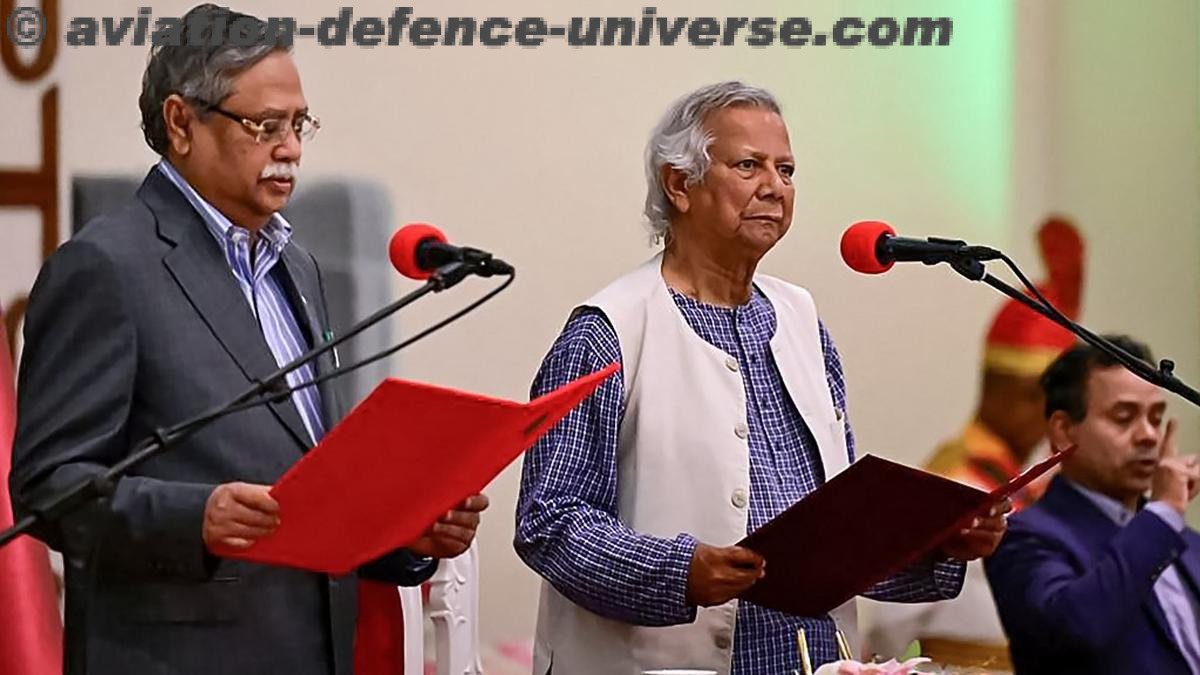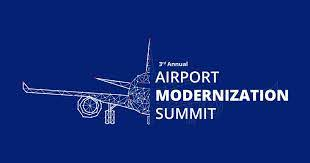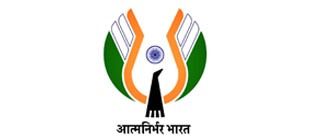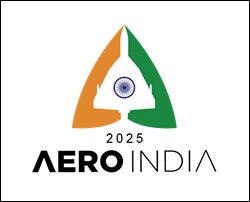- Beyond Beaches: Goa Charts Aviation Vision with Twin Airports, Cargo, MRO and Drone Ecosystems
- Goa Seeks Global Sky Access: Rohan Khaunte Makes Aviation Pitch at Western Region Conference
By Sangeeta Saxena
Mumbai. 11 July 2025. Goa, despite being India’s smallest state by area, punches well above its weight in terms of tourism and aviation significance. With two international airports—Dabolim and the new Manohar International Airport at Mopa—Goa handles over 12 million passengers annually. These airports not only cater to leisure travellers but also serve as crucial gateways for trade, diaspora travel, and regional economic engagement. The state has significantly reduced ATF taxes, incentivised airline operations, and scaled up its capacity to handle up to 50 million passengers in the near future.
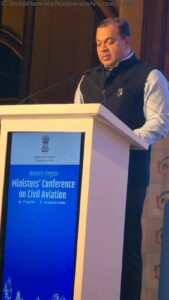
“For a tourism-driven state like Goa, civil aviation isn’t just a mode of transport—it is an economic lifeline,” he added. “Under the dynamic leadership of Chief Minister Dr Pramod Sawant, Goa has transitioned from a single-airport state to operating two thriving gateways—Dabolim in the south and Manohar International Airport in Mopa in the north. These airports collectively support over 12 million passengers annually, creating access not just for leisure tourism but also for trade, industry, and cargo. We are deeply thankful to the Ministry of Civil Aviation for supporting Goa’s aviation journey—whether through UDAN, charter connectivity, or innovations like Digi Yatra. In Goa, tourism is not an industry—it’s a way of life. Aviation for us is personal and profoundly economic, contributing 17% to our GDP and generating 40% of employment,” informed Minister Rohan Khaunte.
From collaborations under “Dekho Apna Desh” with states like Uttarakhand, to calls for restoring spiritual and cultural routes such as Dehradun–Goa and Tirupati–Goa, the state is driving regional linkages with both economic and emotional resonance. Goa is also nurturing aviation talent through dedicated skilling centres and has plans for establishing an FTO (Flight Training Organisation) to train future pilots and engineers.

Since Goa’s integration into the Indian Union in 1962, its civil aviation journey has transformed from a limited airstrip facility to a vibrant dual-airport aviation ecosystem. Initially, the Dabolim Airport, which was primarily a military airbase, handled modest passenger volumes with a few domestic routes. Over the years, growing interest in Goa as a tourist destination drove the expansion of Dabolim into a civilian enclave under Indian Navy control, facilitating the arrival of charter flights, primarily from Europe. The 1980s and 1990s witnessed a surge in international charters, making Goa one of the first Indian states to experience consistent foreign tourist inflow by air, even before most metros.
By the early 2000s, Goa’s single-airport model began showing signs of saturation due to the steady rise in both domestic and international traffic. With tourism contributing nearly 17% to Goa’s GDP, the need for improved civil aviation infrastructure became a policy imperative. This culminated in the planning and eventual commissioning of the Manohar International Airport at Mopa in 2023, a state-of-the-art facility designed to handle up to 40 million passengers annually at full capacity. This marked a watershed moment for Goa, transforming it from a single-airport state to one of the few Indian states with two international airports, significantly boosting its connectivity, tourism potential, and capacity for air cargo and MRO services.
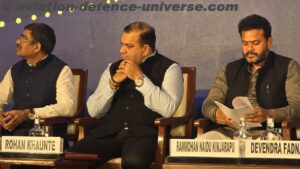
Today, Goa’s civil aviation sector is not only driven by leisure tourism but is rapidly evolving into a multi-dimensional growth engine. With reduced VAT on aviation turbine fuel, proposed MRO and air cargo facilities, and a push for long-haul international routes, Goa is positioning itself as a strategic hub in India’s western aviation corridor. Efforts to establish a Flight Training Organisation (FTO), a drone innovation ecosystem, and India’s first aerosports hub signal the state’s commitment to diversifying its aviation landscape beyond tourism. From charter-centric beginnings to a forward-looking aviation economy, Goa’s journey since 1962 exemplifies the state’s adaptability and ambition in the civil aviation sector.

Rohan Khaunte’s speech was a passionate and data-backed appeal to integrate Goa into India’s national aviation reform agenda—not just as a tourist magnet but as a full-spectrum aviation hub. He advocated for Goa to be viewed not in terms of its size, but in terms of its economic contribution, geographic potential, and infrastructural readiness. Whether through enhanced global connectivity, regional route restoration, or cargo-driven growth, Goa is poised to be a key player in India’s vision of a Viksit Bharat. With proactive government leadership and a clear roadmap for growth, Goa’s aviation ambitions are not just sky-high—they are grounded in strategic intent.



